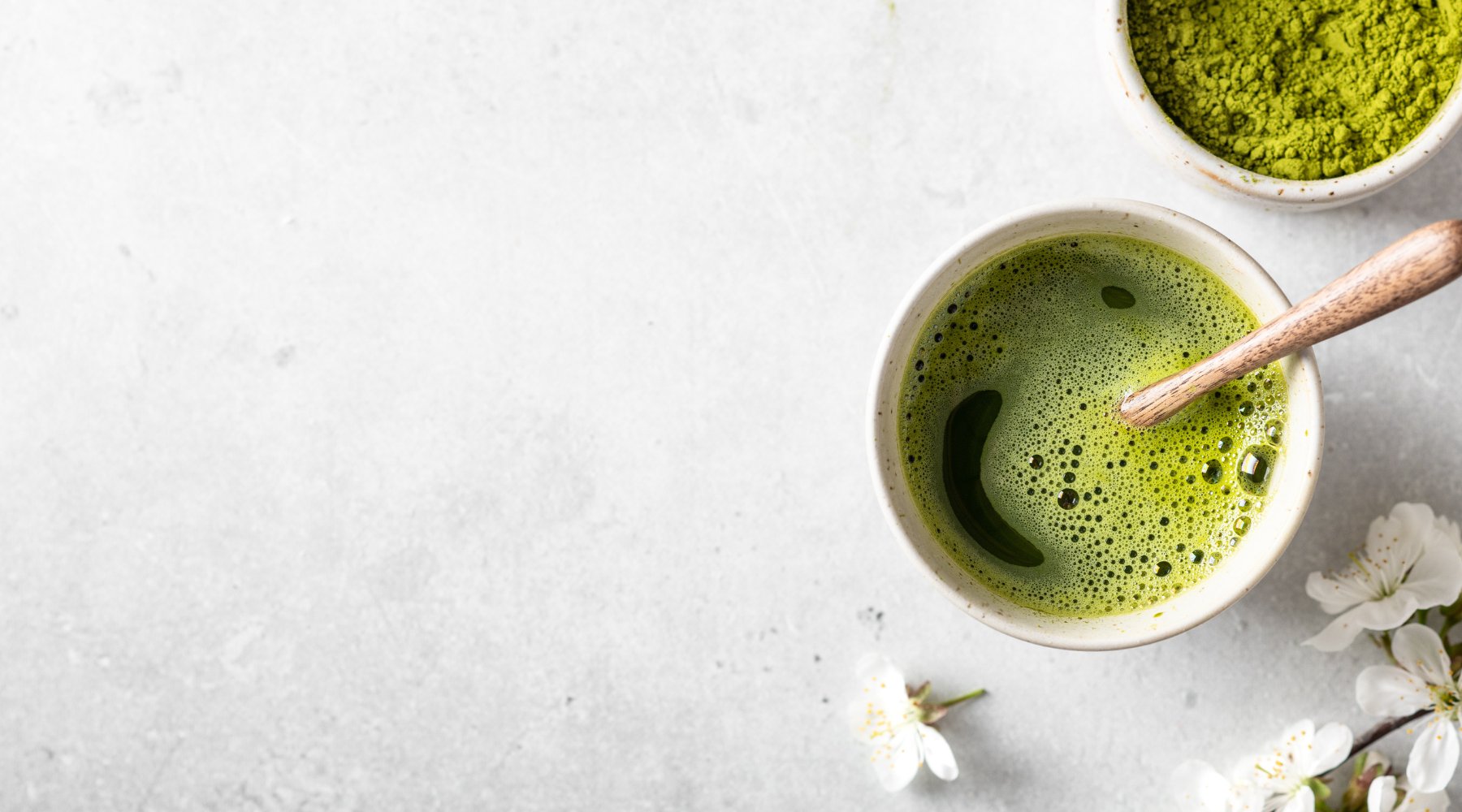
Tea Region Series: Japanese Tea, Its History and Tea Types
While tea cultivation, consumption, and culture began in China, it soon swept other lands across Asia, and later reached the western countries. England may have laid its claim to original tea traditions, but the hard truth – at least for some – is that England, and the whole Europe for that matter, had no idea tea even existed up until the 16th century.
However, it took the Japanese fewer centuries to catch up with the Chinese. During the late 8th century, Japanese Buddhist monks who travelled to China to study introduced tea to Japan.
As one of the major tea growing regions in the world, Japan excels at producing supreme green teas such as Sencha and Matcha.
As of 2022, Japan’s tea production amounted to 90 thousand tonnes, making it the 8th top tea cultivating region in the world.
This time around, in our Tea Region Series, we are going to briefly touch on the history of Japanese tea, introduce the primary tea regions in Japan, talk about the Japanese Tea Ceremony, and wrap everything up with a list of top Japanese green teas.
A Quick Look Into the Beginning Years of the 800-Year History of Japanese Tea
Almost all accounts about the appearance of tea in Japan’s culture and traditions point to the late 8th or early 9th century. Nevertheless, there is still some ambiguity as to who first brought tea seeds to Japan from China.
Most likely, the Japanese were first acquainted with tea during the Nara period in the 8th century. Diplomatic delegations and Buddhist monks would go on missions to Chang'an, the capital of China's Tang dynasty.
And coming back from these journeys, they would bring back Chinese traditions and knowledge, as well as commodities. It is now speculated that this might be how the Japanese first came into contact with Chinese tea, and its associated rituals and customs.
In their book The Story of Tea, Mary Lou Heiss and Robert J. Heiss credit either or both of the Buddhist monks Kūkai and Saichō with bringing the first tea seeds to Japan. The monks had gone on a mission to study religion in China. Upon their return, they established Buddhism schools. It was during this trip that they seem to have brought back tea seeds.
Known for his sinophilia – passion for everything Chinese – Emperor Saga of Japan drank tea and developed a strong liking for the new medicinal beverage. His poetry and other texts written at his court make direct references to tea drinking.
At this time, tea was most likely a beverage exclusive to the Japanese gentry, nobility and consumed by Buddhist monks as part of their religious practice. But with the death of Emperor Saga, admiration for the Chinese traditions faded away, and with this, tea drinking lost its momentum for about three centuries.
Restoration of Tea Traditions in Japan
After a prolonged interval of about 300 years, it took the Zen monk Eisai to restore and popularise tea traditions in Japan some time between 1141-1215. He brought back tea seeds from his pilgrimage to China and planted them on the island of Hirado and in the mountains of Kyushu.
He would then cultivate or play a role in the plantation of tea around monasteries. He also promoted tea by writing the Kissa Yōjōki (Drink Tea and Prolong Life), explaining the health benefits of tea such as treating fatigue, lupus, indigestion, beriberi disease, and heart disease.
Eisai goes even further in his scholarly writing and describes the shapes of tea plants, tea flowers, and tea leaves. He also explains the procedures on how to grow tea plants and process tea leaves.
There are also other accounts linking another monk, Dengyo Daishi, as being the first one who introduced tea to the Japanese by bringing Chinese tea seeds to Japan.
But regardless of which Japanese tea genesis story to believe, it’s almost certain the Japanese produced and consumed larger quantities of tea from the 12th century. Buddhist monks drank tea to stay alert during meditation sessions and practised the emerging and evolving Japanese tea traditions.
And at the same time, the more privileged class of the Japanese also consumed tea as a medicinal beverage.
Monks, and the other affluent Japanese people, would grind tea leaves into powder and pour hot water over them. This green tea is known as Matcha and has been around for over 800 years.
A Japanese specialty, the Matcha powder green tea is still an inseparable element of the Japanese Tea Ceremony.
Over time, tea – especially green tea – became ever more accessible to a wider population in the country, and Japan became the expert tea growing region it is today.
The Japanese Tea Ceremony
The initial practice of tea traditions by Japanese monks came to shape the Japanese perceptions of tea and dominated the meaning and values the Japanese attribute to tea. That’s why the Japanese Tea Ceremony owes its deep roots to the philosophies of Zen Buddhism.
Known as chanoyu, or sado, the tea ceremony evolved during the late 15th and early 16th century. Tea master Rikyu Sen arguably played a prominent role in introducing the ceremonial ritual as an art to the Japanese society, thus enriching the aesthetics of Japanese tea tradition.
As part of the philosophy, ultimate importance must be placed on respecting the act of preparing and drinking tea.
Every gathering should be cherished because it can never be fully recaptured. And during the ceremony, one must strive to observe the principles of harmony, respect, purity, and tranquillity, which are the essential elements of Japanese philosophy.
In short, the Japanese Tea Ceremony is all about etiquettes, serving tea in a certain respectful manner, and looking after guests wholeheartedly. In essence, it elevates tea drinking from an ordinary activity to a sublime art.
Short Video about the Japanese Tea Ceremony
Tea Cultivating Regions in Japan
Japan specialises in green tea, or ryokucha. And the Japanese produce and consume green tea the most. There are several tea growing regions in Japan distributed across the 43,000 hectares of tea lands Japan owns.
Since the country is composed of a series of mountainous islands, thus boasting limited land area, many terraces have been carved out of the mountainside for tea cultivation.
Most of the Japanese tea lands are distributed across Shizuoka Prefecture, Kagoshima Prefecture, Mie Prefecture, Miyazaki Prefecture, Kyoto Urban Prefecture. This is because weather conditions and geography of the areas allow the tea plantations to thrive.
The most popular tea regions in Japan include Kagoshima, Shizuoka, and Uji. While Kagoshima is recognised as the oldest in tea plantation, Shizuoka owns the most, accounting for 40% of Japan’s tea lands. Uji is famed for the best-tasting tea. The green tea produced in Uji is known as Uji Gyokuro.
This highest-grade Japanese green tea is shade-grown. The exclusive harvesting process requires growing green tea in the shade for 20 days before harvest. The resulting Uji Gykouro features a bright green hue and a creamy, sweet flavour, rich in nutrients and natural caffeine.
Almost all tea plantations on the main island Honshū and on smaller islands like Shikoku and Kyūshū grow tea using traditional methods.
Most of the tea leaves from various green tea varieties are steamed to stop oxidation and fermentation, allowing for a greener and more flavoursome final product.
Popular Types of Japanese Green Tea
The two most famous varieties of Japanese green tea are Matcha and Sencha. While Matcha can be traced back to the beginning days of Japanese tea traditions during the 12th century, Sencha arrived later during the 17th century. Sencha is the most widely consumed green tea in Japan.
Matcha
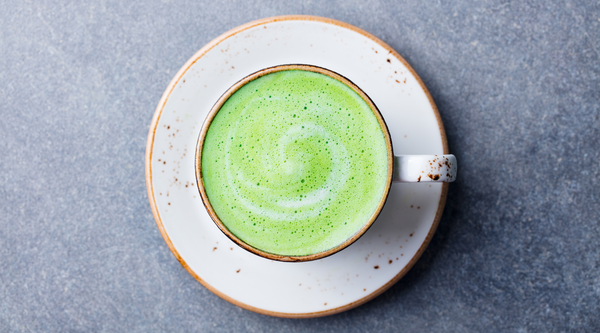
Often referred to as too bitter or strong for the European palate, Matcha is produced by grinding green tea dry leaves into powder.
To consume Matcha as a beverage, all it takes is adding the powder into hot water and whipping the mixture, just like the Buddhist monks would do centuries ago.
For the taste to suit the non-Japanese tea drinker, it’s necessary to learn the right water temperature and/or brewing time.
Matcha is gaining more popularity among Europeans and Australians, and aside from being used as a beverage on its own, some people infuse it into noodles, ice cream, and coffee.
This Japanese green tea features a deep green colour and a sweet flavour as, in the final days of growing, the tea leaves are shaded from the sun.
Matcha powdered tea is still used in the Japanese Tea Ceremony.
Sencha
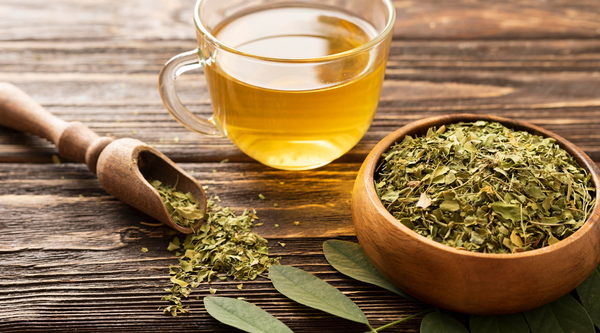
Sencha became popular in response to the strict rituals of the Japanese Tea Ceremony. Rather than observing the practices of powdered tea, some monks preferred a more informal approach to tea. This way involved steeping loose tea leaves in hot water.
To achieve this, a tea grower, Nagatani Sōen, developed a new technique for producing tea, which has become the standard in Japan: steaming tea leaves, rolling them into needles and drying them in an oven. The new production process gives a clear emerald colour to green tea leaves, enriching them with a clean and sweet flavour.
Now, as the most popular kind of Japanese green tea, Sencha accounts for nearly 70% of tea production in Japan.
This non-fermented green tea features thin, needle-shaped leaves.
Hojicha
Known for its unique roasted aroma and mild flavour, Hojicha is a Japanese green tea with a character all its own. The leaves – often the same as those in Sencha, Kukicha, and Konacha varieties – used to produce Hojicha are roasted in high heat, giving them a warm reddish-brown colour.
This roasting process imparts a toasty, almost nutty taste that sets it apart from other green teas. With a lower caffeine content compared to other varieties, Hojicha is an excellent option for those seeking a soothing and comforting cup.
Besides that, as it is gentle for stomach, Hojicha is often consumed during meals.
Genmaicha
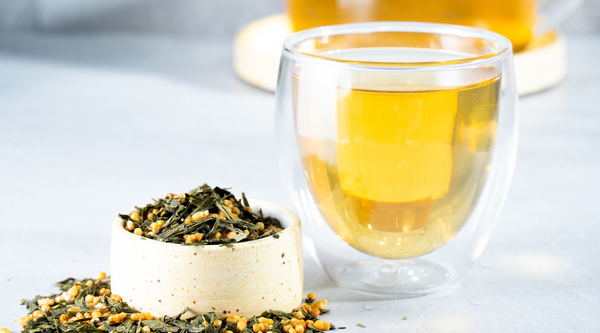
For a distinctive and flavourful experience, Genmaicha offers a delightful combination of Sencha green tea and roasted brown rice (genmai). This blend creates a nutty and wholesome flavour profile, making it a popular choice for those looking to detoxify and invigorate their bodies.
With more antioxidants than black tea, Genmaicha offers both unique taste and amazing health benefits, making it a beloved choice among tea connoisseurs.
Gyokuro

Regarded as one of Japan's finest and most expensive teas, Gyokuro – "jade dew" – boasts a luxurious and delicate flavour.
Unlike the standard sencha (a classic unshaded green tea), this premium green tea is shade-grown for about three weeks before harvest, a process that results in a milder, sweeter taste and a vibrant green colour.
The shading also increases the chlorophyll content and reduces the bitterness, creating a smooth and refined tea. Due to its labour-intensive production and exquisite taste, Gyokuro is often considered a special treat for tea enthusiasts.
Gyokuro contains high levels of amino acid, theanine, and catechin (0.25 grams per 100 ml).
Kukicha (BŌCHA)
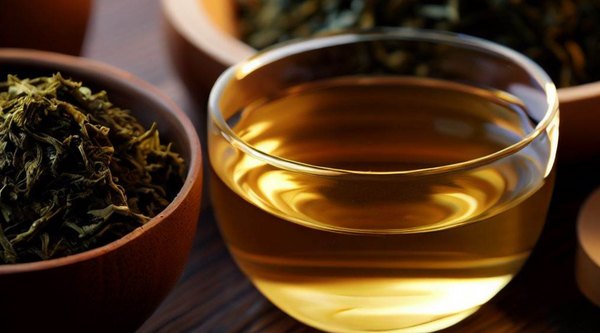
Also known as "twig tea," Kukicha is a unique Japanese green tea made from the stems, stalks, and twigs of the tea plant, rather than the leaves. Its flavour is distinctively mild and nutty, with a pleasant sweetness.
Kukicha is naturally low in caffeine, making it a popular choice for those seeking a gentle and soothing tea option.
Konacha
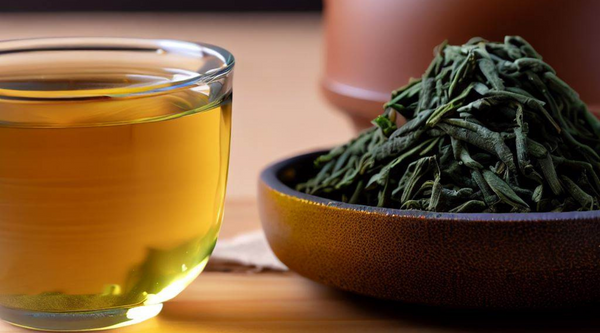
A delightful and versatile tea option, Konacha consists of tiny tea leaf particles, often collected during the production of Sencha or Gyokuro.
This fine green tea powder delivers a bold flavour, and its convenience makes it a favourite for tea lovers on the go. The rich and vibrant taste of Konacha adds a touch of charm to any tea-drinking experience.
As Konacha features a strong taste and vivid colour, many restaurants offer it as a refreshing beverage to their customers after tasting sushi.
Top Premium Japanese Green Teas by Tavalon Tea Australia & New Zealand
The stunning range of Tavalon’s Japanese green teas are made from the finest tea leaves procured directly from small, sustainable tea farms in Japan. All tea blends go through several tests to ensure only the premium green teas are released into the market.
Genmaicha
Featuring a nutty flavour, Tavalon’s Genmaicha green tea is combined with roasted brown rice. This green tea contains more antioxidants than black tea and is perfect for detoxing your body.
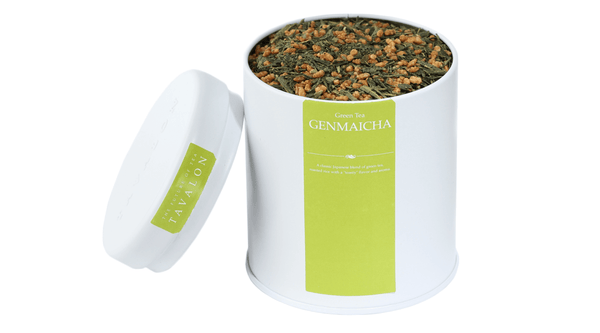
Steeping Suggestions:
- 240 ml water (80ºC).
- 1 tsp loose leaf tea.
- Steep for 3 minutes.
Premium Matcha
One of the purest and most exclusive green teas, our Premium Matcha is reminiscent of rich Japanese tea traditions. A uniquely sweet powder tea originating from Japan to boost your energy and give you added focus without the caffeine jitters.
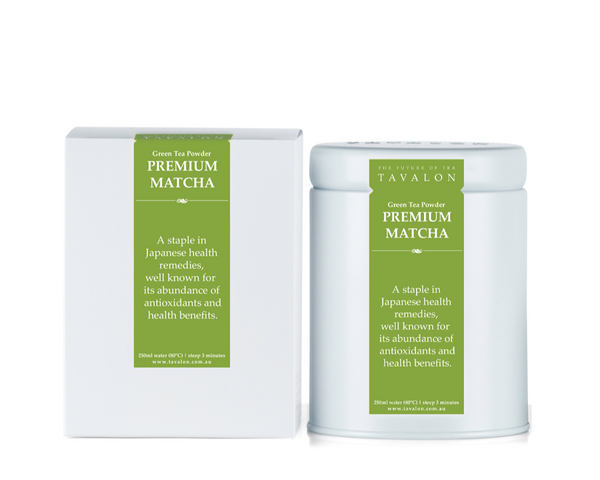
Steeping Suggestions:
- 1/2 tsp matcha powder into 180 ml water (80ºC).
- Whisk in the matcha powder until fully dissolved and foamy.
- Add more water and sweetener if desired.
Gyokuro
Tavalon's Gyokuro is a luxurious and refined Japanese green tea, cherished for its exquisite taste and vibrant green colour. Grown in shaded conditions for about three weeks before harvest, this highest-grade green tea offers a milder, sweeter flavour profile.
Steeping Suggestions:
- 240 ml water (80ºC).
- 1 tsp loose leaf tea.
- Steep for 3 minutes.
Yuzu Green
A superior blend of Sencha green tea and a zest of the Yuzu. The fragrant and delicious citrus fruit from Japan adds a unique flavour and freshness to the classic Sencha tea. Yuzu Green features a light and sweet taste and aroma.
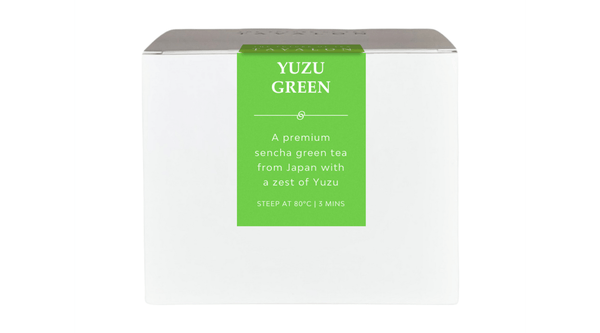
Steeping Suggestions:
- 240 ml water (80ºC).
- 1 tsp loose leaf tea.
- Steep for 3 minutes.
Matcha Latte Mix
One of Tavalon’s best sellers, Matcha Latte Mix is a blend of premium matcha powder green tea and vanilla bean powder. Most delicious when mixed with frothed or steamed milk or added into cakes and fillings for desserts.
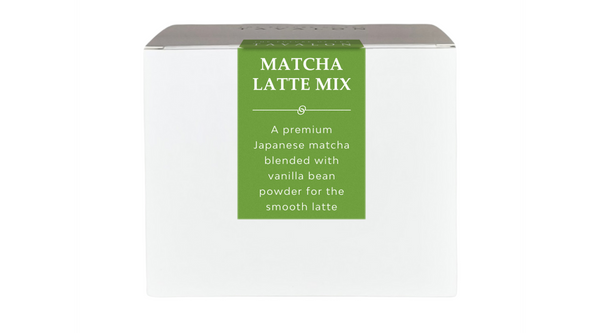
Steeping Suggestions:
- 2 tsp Matcha Mix Powder into 40 ml water (80ºC).
- Whisk in the matcha mix powder until fully dissolved.
- Add 180 ml frothed or steamed milk.
- Note that our matcha mix powder comes sweetened so extra sugar is unnecessary, but feel free to add more to your taste.
Hojicha Latte Mix
Enjoy all the flavour of the classic Japanese roasty green tea with the convenience of instant infusion with Tavalon's Hojicha Lattex Mix. Perfect when blended with frothed or steamed milk or mixed into cakes and fillings for delicious desserts.
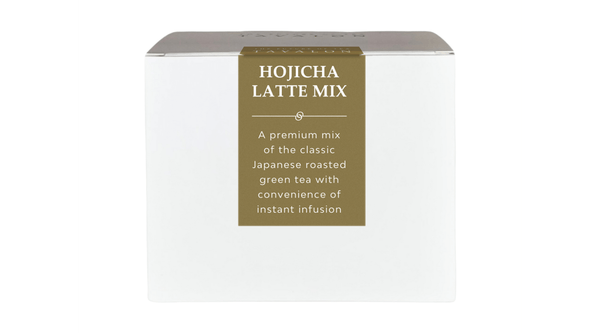
Steeping Suggestions:
- Add 2 tsp Hojicha Mix Powder into 40 ml water (90ºC).
- Whisk in the hojicha powder until fully dissolved.
- Add 180 ml frothed or steamed milk.
- Note that our hojicha powder comes sweetened, so extra sugar is unnecessary, but feel free to add more to your taste.


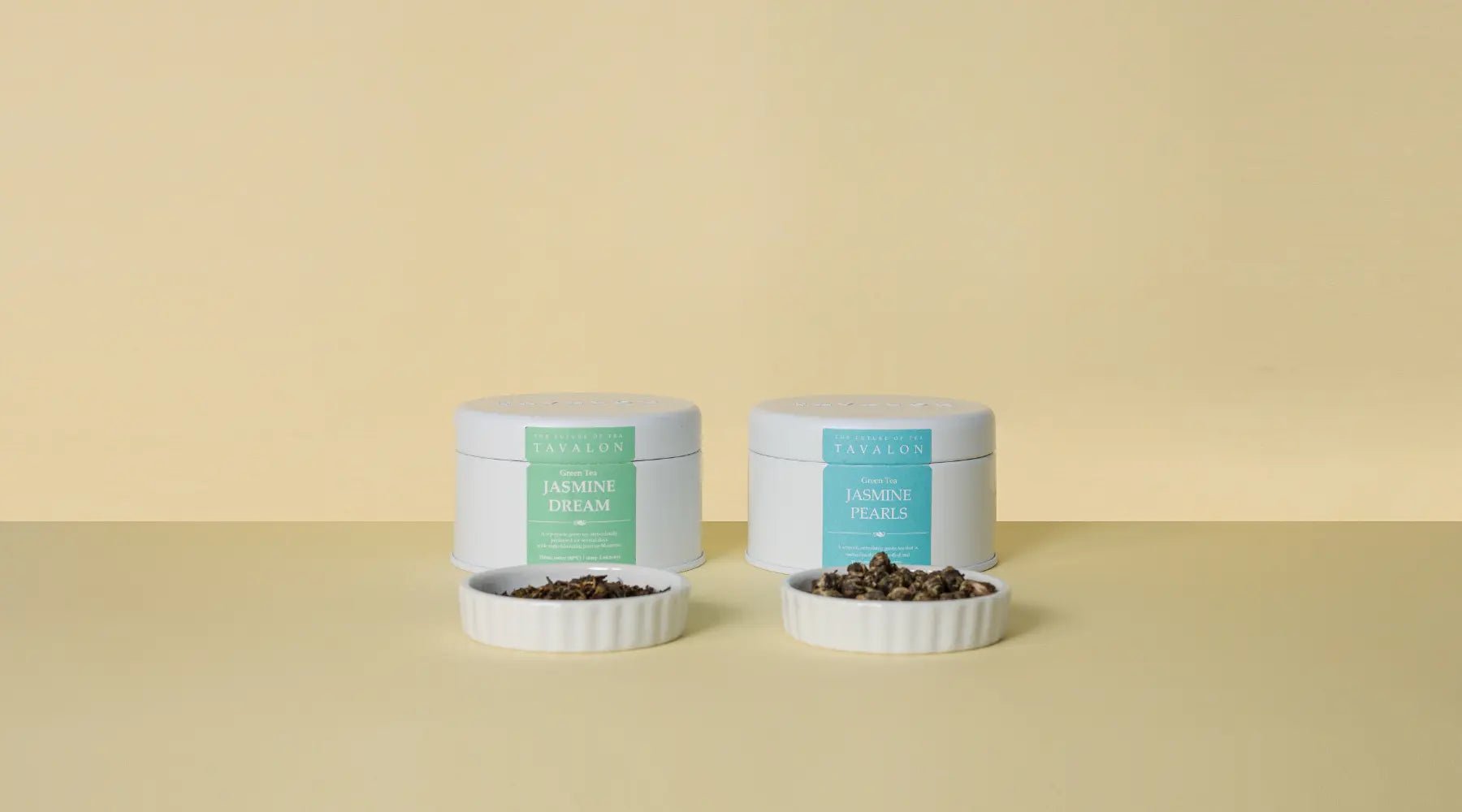
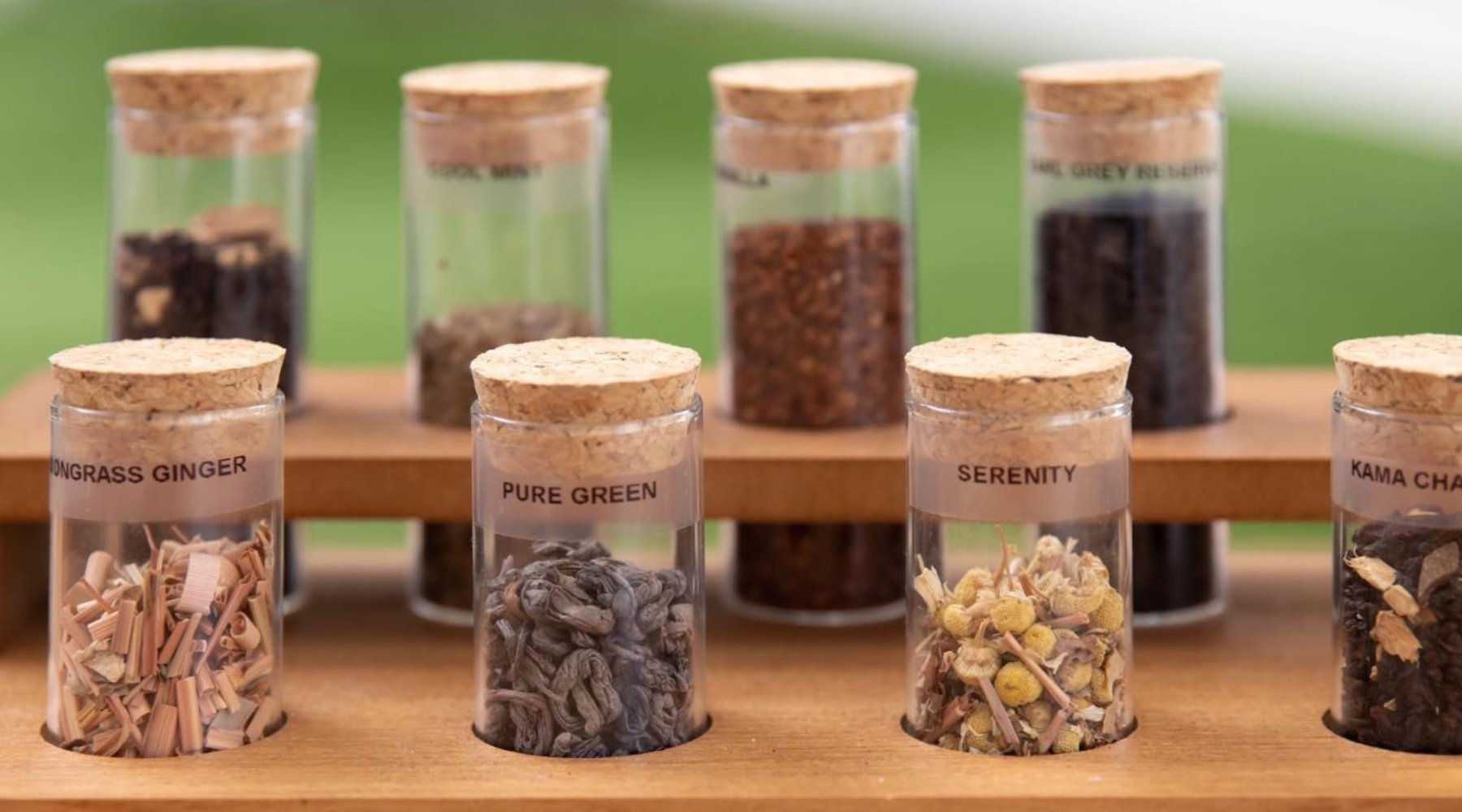
Leave a comment
This site is protected by hCaptcha and the hCaptcha Privacy Policy and Terms of Service apply.